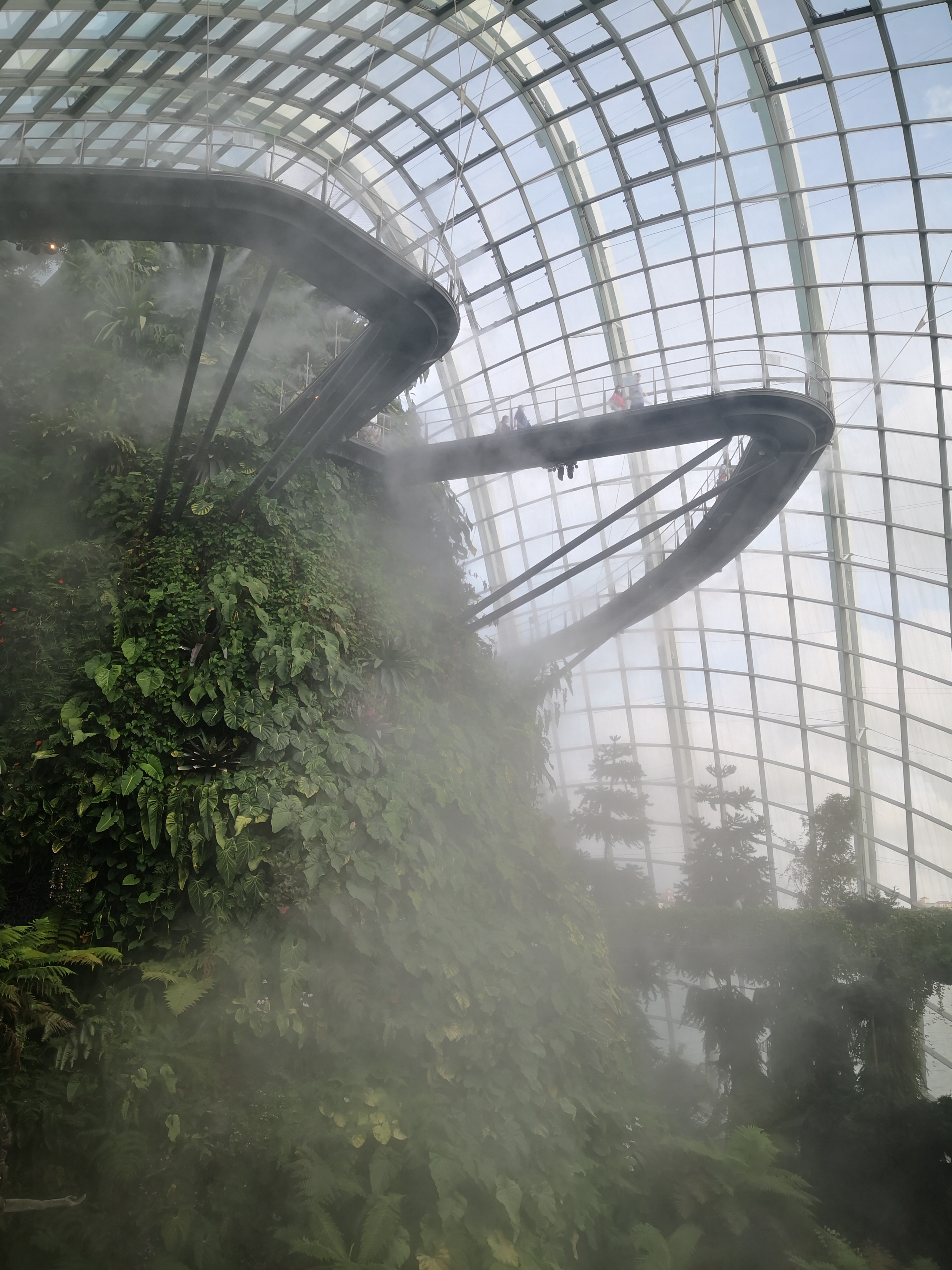Bal Masque | 3 Achievements Unlocked
Singapore decided to relax mask rules a day before Valentine’s Day…
This got me thinking about how the last 2-3 missing years went by.
So here’s 3 shareable things after the people and the love, of family, friends, colleagues, and many others who made the early 2020s liveable
1) Music
Cliché you may say, but making music together while apart with TPO.
London Mozart Players violinist Ruth Rogers’ excellent podcast episode on how practice and chamber music kept her grounded during lockdown, which also kept me grounded during our IVF attempts.
… and again with TPO, this time in small groups due to limitations on gatherings:
2) Green- and Fur-babies
In the first week of 2020 it rained for a week or more straight and all except 1-2 money plants and 1 snake plant survived… come 2022 with some shoot-growing work and mother Nature’s magic (and me cheating by buying and receiving a few other plants):



Our bunbabies – Karashi (gotcha’d in 2022) and Harley (2023):


Bonus from the excellent curated display at Gardens by the Bay, which I/we visited several times:



3) Computer games (or what Americans call “videogames”)
Namely a ton of Dota 2, Mechwarrior Online and DRG…
(was going to flex a screenshot of achieving gold coach on battle pass but that was 2019)




Bonus:
Brahms 125: Day 1
The last time I stepped into SOTA was probably for a TPO’s New Year’s Eve or Lutoslawski Tonight.
SotA is full of of fond memories for this non-music student, from the many a TPO concert (Firebird, the original NYE, complete Brahms symphonies), to OMM’s rehearsals at the studio, to NUSSO’s Tchaik 5th, to the Sibelius string quartet with RISE/RJCE.
Tonight, with Arnaldo Cohen, T’ang Quartet, and Qin Li-Wei, time once again stood still.
I My wife bought tonight last night’s tickets at full price, and I’m in no way affiliated with Altenburg Arts or directly with OMM, but we both agree on their awesome work bringing in amazing artists and featuring above average to amazing programmes.
It was quite a challenge not to applaud after each single movement.
There’s still a show tonight.
Brahms Piano Quintet was the opener – a tour de force that I assumed was a late work but was completed ~1864. His first symphony was started about a decade earlier and completed about a decade later, but the scope and density, not to mention intensity, of the Piano Quintet is nothing short of symphonic. TIL Yesterday I learnt that it evolved from a string quintet (later destroyed by Brahms) to a sonata for two pianos before finally emerging in its final crystallised form.
This would be my first time witnessing the newest roster of T’ang Quartet, with Han Oh cutting very fine viola lines that Brahms wrote generously, and Wang Zihao anchoring the cello from bass pizzicato accompaniment to soaring strings chorales. Cohen’s dominant direction (the opening felt extremely broad but that was how everything sounded) and impeccable voicing elucidated dissonances and counterpoints that my ear had previously ignored, highlighting nuggets of details (the semitones, the triplets, the dotted quaver-semiquaver etc.) that outlined the vast tapestry that Brahms weaved throughout the grand first sonata-allegro. There were several moments of magic, of tragic darkness, rage; fragile sweetness.
The mottled Andante – colour me stereotypical but it might have been as at home in central Europe as Southern American. The immense space after some of the thirds on the piano reminded that some of the “easiest” to play music may just be the hardest. The Scherzo a relentless winding of tension, and very intelligent realisation of the piano against string orchestration. The finale, a sonata-allegro which to my untrained ear blurred the boundary between sonata and variations, brought us through yet another kaleidoscopic journey (echoing mementos from the previous movements) and to an inexorable finish.
Shall I disclaim all comments on this by virtue of not knowing of its existence, and being all the richer since learning of it. Preceded by the placement of a comically low student stand for cellist Qin, the second cello sonata, at once fiery, succinct, abstract, featuring open C strings and string crossings of students’ loathing. Not a note was wasted by the duo, with Qin firmly in the limelight and Cohen the polyphonic bastion. The audience couldn’t wait to applaud, doing so immediately after the third movement. The duo pulled three curtain calls, and the audience was duly rewarded with the third movement of the Chopin Cello Sonata.
Thanks are due to the wonderful musicians and whatever divine being that made it possible, to learn again what a bunch of wood and strings, and a blueprint of beansprouts over a century old is capable of eliciting.
That was Brahms’ 2 and 5, with the 1 being the piano concerto with OMM this weekend.
ALTO: Interview with Veda on Sibelius’ Symphonies
https://www.podbean.com/media/share/pb-jv2kj-d2e929
Memories of Sibelius’ symphonies – a dialogue with oboist and TPO committee member Veda Lin
Dies Irae
A living post about death.
Eight Pieces Based on the Dies Irae: The Listener’s Club
Gregorian Chant
Mozart
Verdi
Dvorak
Some say
love that has no place to go is Grief
and this love has a recipient unable to receive
but Grief turns to hate
no drink can abate
can anger be born from love instead?
the love that has nowhere to go
or rather refused
no
why did you want it anyway
but we remember Grief so much more clear
than anger
(and remembering that, we leave)
Reminds me of…
I Saw a Peacock, with a fiery tail,
I saw a Blazing Comet, drop down hail,
I saw a Cloud, with Ivy circled round,
I saw a sturdy Oak, creep on the ground,
I saw a Pismire, swallow up a Whale,
I saw a raging Sea, brim full of Ale,
I saw a Venice Glass, Sixteen foot deep,
I saw a well, full of mens tears that weep,
I saw their eyes, all in a flame of fire,
I saw a House, as big as the Moon and higher,
I saw the Sun, even in the midst of night,
I saw the man, that saw this wondrous sight.
-Anonymous
reminds me of Brahms’ phrases that start on odd beats – in this case the Clarinet Quintet:
(starting on the 6th beat and ending in 2 bar “reset” before the da capo/repeat)
***
Sibelius’ 5th Symphony’s Swan Song
reminds me of:
Beethoven 8th’s Klangfarbenmelodie
Preview: Sibelius 2 (and 4)
Recently, I’ve been inspired by Joshua Weilerstein’s podcast that I honestly think that everyone (musicians and non-musicians alike) should at least have a listen to. Not entirely in preparation of playing for Sibelius’ most popular 2nd symphony, I’ve listened through the relevant episode at least twice.
Do hear it – the three-note motif and narrative hasn’t been more clearly explained to my novice ears.
After the grandiose, some say Tchaikovsky-ian First, I’m also mistakenly prone assign the “pastoral” label to this symphony, just as Brahms’ 2nd is easily labelled “sunny” in contrast to his other symphonies – yet the gasping struggle and the darkness in the second movement of Sibelius’ 2nd (as well as the first hint of the 4th note of the rising element that culminates only at the very end of the last movement) seem to reprimand my simple-mindedness.
Now, whilst my colleague in distant shores is taking a technical approach in preparing the programme notes for TPO’s upcoming concert, I’m fortunate to be able to ruminate idiosyncratically on what makes this work so accessible, yet like any good book or great game, each iteration and version evokes a multitude of emotions and reveals new angles of light.
There is an underlying urgency, be it in the shimmering offbeat opening, plucked strings, strained interrupting harmonies that contain a full-blown fulfilment of the victorious release that only arrives after a good 25-odd minutes, like a daybreak bursting over angry oceans.
But only in the last(!) minute dare the trumpets announce the final triumph.
Such is the immensity of struggle and the brevity of joy.
TPO with Maestro Lim Yau will be performing the 2nd and 4th symphonies at Victoria Concert Hall.
Grand in itself alone, but in that breach
Through which the homeless voice of waters rose
That dark deep thoroughfare, had Nature lodged
The Soul, the Imagination of the whole
– Sir Colin Davis of Sibelius’ 2nd symphony, quoting Wordsworth
Shazam; Texture
A few days ago, on switching to the local classical radio station, an alchemy junior asked if I was some “classical music shazam”, i.e. someone who could name the piece as it was played.
I honestly said probably not.
However, inspired as usual in the shower, I thought of music shazams who guided me through attaining some competence at being able to identify at least the styles, periods, techniques, timbres of various pieces, if not the pieces themselves (sometimes unconsciously, and at the 2nd or 3rd note upon noticing).
I turn my (and your!) attention, now, however, to one shazam known as L. van Beethoven – with benefit of hindsight now, what we call “textural“, “atmospheric“, or more often “notes that do not need to be heard/played clearly“, was part of the ground broken by his writing as much as the forms he broke in his works and structures. It just seems unremarkable with the spread of Romantic and 20th/21st century repertoire available now.
Take the last movements of Symphonies 8 and 5 for example. The opening of Symphony no.8 is a series of broken arpeggios, the main “theme” yet again being broken into sextuplets:
Called an “itching idea”, it simultaneously adds dimensions of relentlessness and (to sound contrite) “impressionistic” dotting of notes to form a musical line.
A speedy re-imagination of this by TPO immediately turns an itch into a scintillation:
Suddenly the line blends and the emphatics become the line, pushing the buzzing motif into a harmonic bed. Perhaps one of the few ways either rendition could have been further flavoured would be to emphasise the “fate” rhythm against the dotted rhythm, recalling the 5th symphony.
Onto the 5th symphony, there’s an infamously inane but unplayable part here, but you would have to be either a bad violinist or a worse violinist to know first hand:

Should have learnt ricochet…
Basically in the middle of a repeated chord progression in the Presto coda, the violin 2s and violas get this unplayable motif reminiscent of this (out of tune, overplayed) overture (comments on this video are gold).
Mathematically though, the quaver-quaver-crotchet makes perfect textural sense – a written stretto or piu mosso, and that it was embedded in the inner strings makes it no less important than several offbeat turns of harmony and phrases throughout the 4th movement.
What’s most annoying about it being nigh unplayable is that it is simultaneously nigh unnoticeable…
That the quaver-quaver-crotchet comes back prominently and juxtaposed against the “fate” motif in the last movement of the 8th seems too uncanny to be a coincidence, just as the multitude of composers suddenly realising that a bunch of notes and harmonies could be so much – much, much more.
Read This Really Rapidly
or
Do AIs Dream Of Deletion
A is for Asymptote
I is an only opponent that is worthy of me
Z is for Zenith

